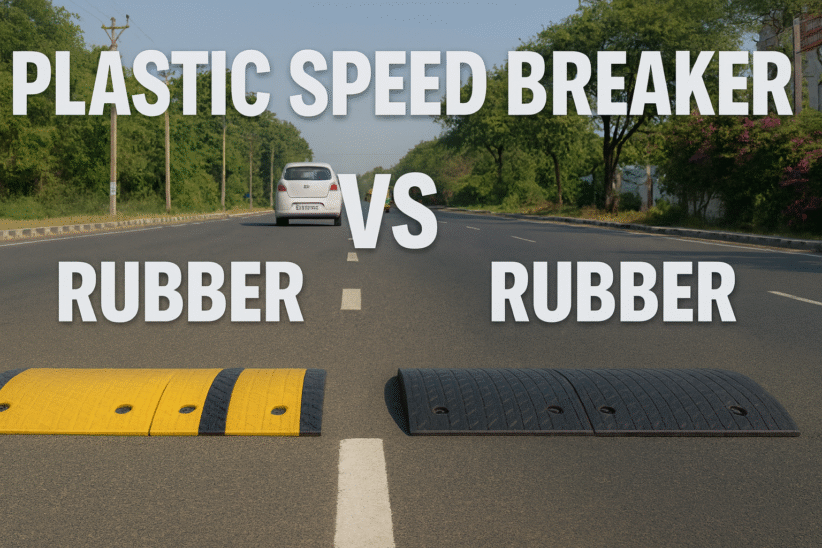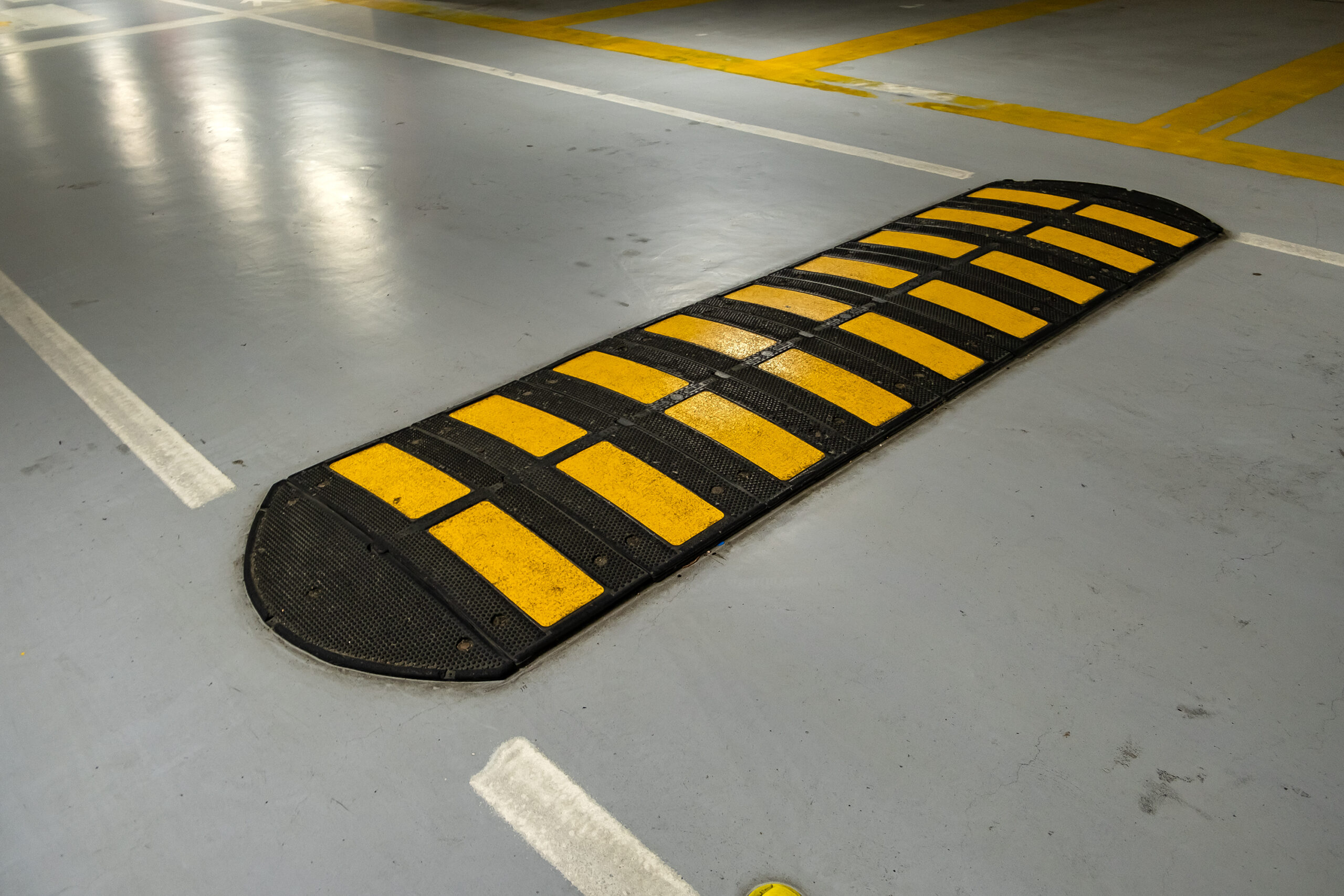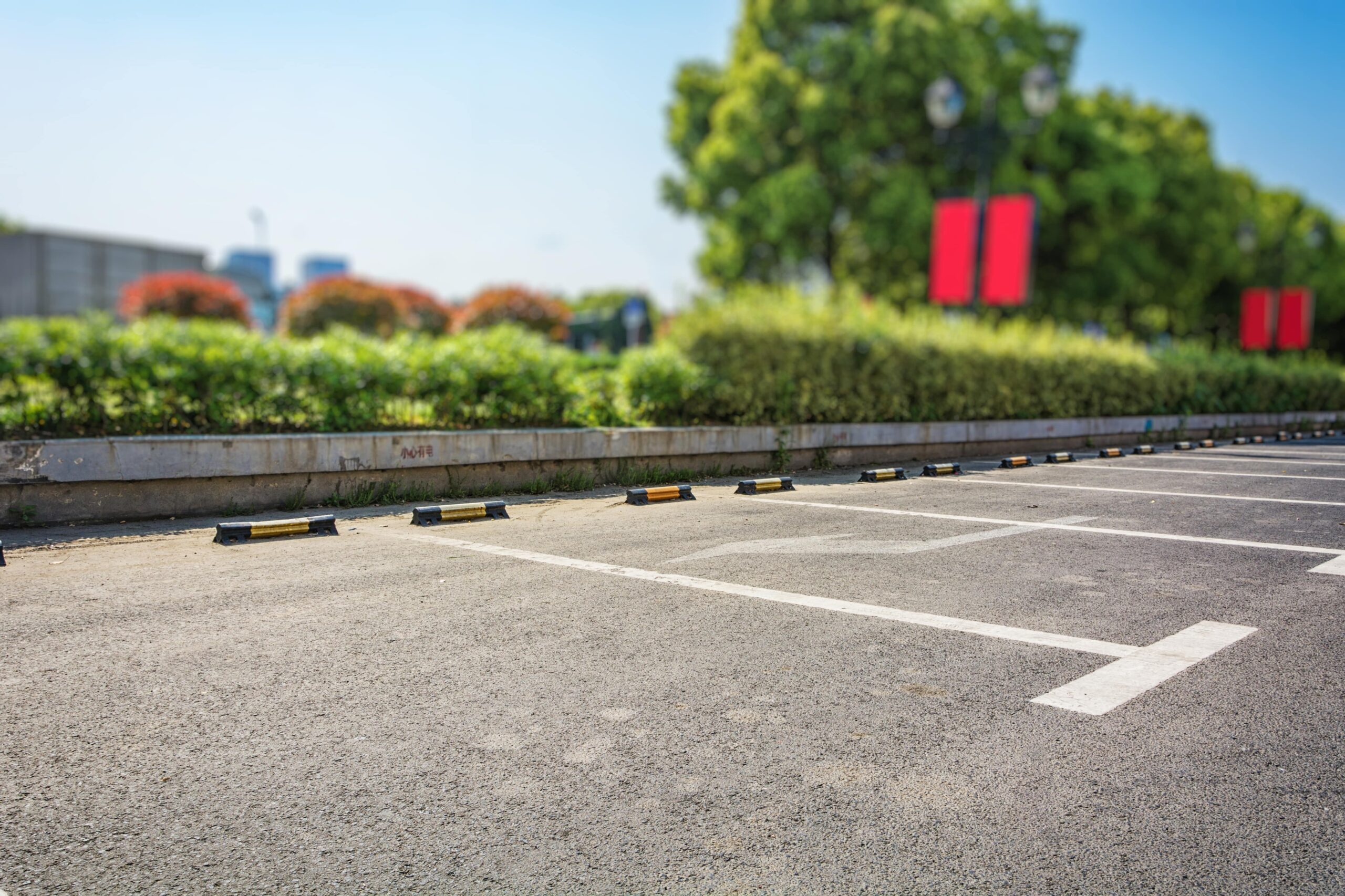Plastic Speed Breakers vs Rubber Which Lasts Longer in Indian Roads?
A speed breaker is not merely a bump in the Indian roads but something crucial to the life and death of traffic everywhere on the busy Indian roads. And when it comes to rubber speed breaker both-rubber speed breaker or plastic speed breaker which one will actually last on Indian roads?
Are you a municipal planner, contractor or business owner who has been tasked to install road safety products, your decision will determine the following; including maintenance costs, comfort and future safety of the drivers. Lets crack the facts.
Which Material Wins for Indian Roads?
Hence, in most Indian installations with heavy traffic and harsh weather, rubber speed breakers last longer than plastic speed breakers. Compared to wood, rubber is more durable, impact resistant and weather resistant, and hence best suited where long-term installation is required. However, when the traffic is low, the requirement is temporary or the budget is low, plastic can be a wise decision.
How Speed Breakers Are Used on Indian Roads
Indian roads have special requirements:
- Traffic mix: From heavy trucks and buses to motorcycles and auto-rickshaws.
- Weather extremes: Scorching heat, heavy monsoons, occasional bitter cold.
- Road conditions: Uneven maintenance, potholes and varying quality of asphalt.
Considering these conditions, the material that you choose for the speed breaker is what counts. Picking the wrong can result in premature wear as well as safety hazards, and costly changes.
Material Comparison: Rubber vs Plastic
Here’s what happens when you try rubber and plastic speed breakers in real life Indian condition.
Durability & Lifespan
- Rubber speed breakers are of higher quality as the rubber is vulcanized and the product can bear heavy loads without cracking or fraying. They are more flexible, making them impact-absorbent and long-lasting by adapting to minor changes in the road. With proper care, many suppliers claim a service life of up to 5-8 years.
- Plastic speed breakers made of PVC or mixed polymers are more rigid and lightweight too. Some of these are UV-stable and can become brittle over long periods of time, sometimes due to intense sunlight or heavy loads. In urban areas with high traffic, their lifespan can be up to 2-4 years.
Performance: Impact, Noise & Vehicle Safety
- Rubber: These make less noise when cars run over them, hence less noise pollution around residential areas. This will give a more comfortable ride and less shock to the vehicle’s suspension.
- Plastic: Being stronger can cause extra bounce in vehicles when traveling at high speeds. Transmissions of heavy vehicles can increase noise.
Installation & Maintenance
- Rubber speed breakers are more heavy duty, yet modular, and as such are relatively easy to install, with the right equipment. They do not free easily with the traffic but can be removed when repairing the roads.
- Plastic speed breakers are very light in weight and installation is, therefore, very fast- sometimes taking five hours. But they can crack or become loosened earlier and thus they need frequent checks.
Cost & Lifecycle ROI
Plastic speed breakers are cheaper on paper – in some cases by 20-40 per cent per metre. However, if we take into account that rubber needs to be replaced more frequently, rubber is more economical over a period of 5-10 years.
Real-World Evidence: Indian Case Studies
A report in the Times of India showed how plastic/fibre rumblers in Nagpur became flattened and was not effective after much traffic and had to be replaced early. This agrees with vendor-assertions that rubber contains higher stress levels.
Some low-trafficked housing societies and private campuses report years of service life of plastic speed breakers with little deterioration, evidence that context is important.
Best Use Cases: When to Choose Rubber, When to Choose Plastic
Rubber Speed Breakers-Best For:
- City main roads along with highways
- Incidents of heavy trucks in industrial zones
- Municipal long term projects
- Places where noise abatement is an issue
Plastic Speed Breakers -Best For:
- Short term route diversion
- Residential streets that are low-traffic
- Parking lot and school zones
- Well controlled up-front budgeted projects
Buying Guide: What To Look For
Some of the factors to be checked when buying road safety products such as a speed breaker are listed as:
- Quality of material: Virgin rubber or UV stabilized polymer.
- IRC compliance: Correct height and slope so when safe, it is IRC compliant.
- Anchoring system: powerful bolts and corrosive-resistant components.
- Warranty: Buy those that have at least 1-2 years cover.
- Vendor credibility: Research on evidence of installations and references.
Quick Cost Comparison Table
| Feature | Rubber Speed Breaker | Plastic Speed Breaker |
|---|---|---|
| Lifespan (High Traffic) | 5–8 years | 2–4 years |
| Maintenance Frequency | Low | Medium–High |
| Noise Level | Low | Medium–High |
| Best Use | High-traffic, long-term | Low-traffic, temporary |
Frequently Asked Questions
- Which speed breaker lasts longer: rubber or plastic?
Rubber generally lasts longer in Indian traffic and weather conditions.
- Are rubber speed breakers safe for two-wheelers?
Yes, especially when designed as per IRC standards – they reduce bounce compared to hard plastic ones.
- Do speed breakers damage the road surface?
Rubber models generally do not; any material can cause damage if installed incorrectly.
Conclusion & Recommendation
In the case of plastic speed-breakers and rubber speed-breakers, the concern will be on plastic speed-breakers or no plastic speed-breakers by considering traffic load, environment and budget. Rubber is more appropriate in case you are registered with heavy traffic and long terms instalments. Speed-brakes that are made of good quality plastic is applicable at the low initial cost in cases of low traffic and when the usage is short term.




Add Comment